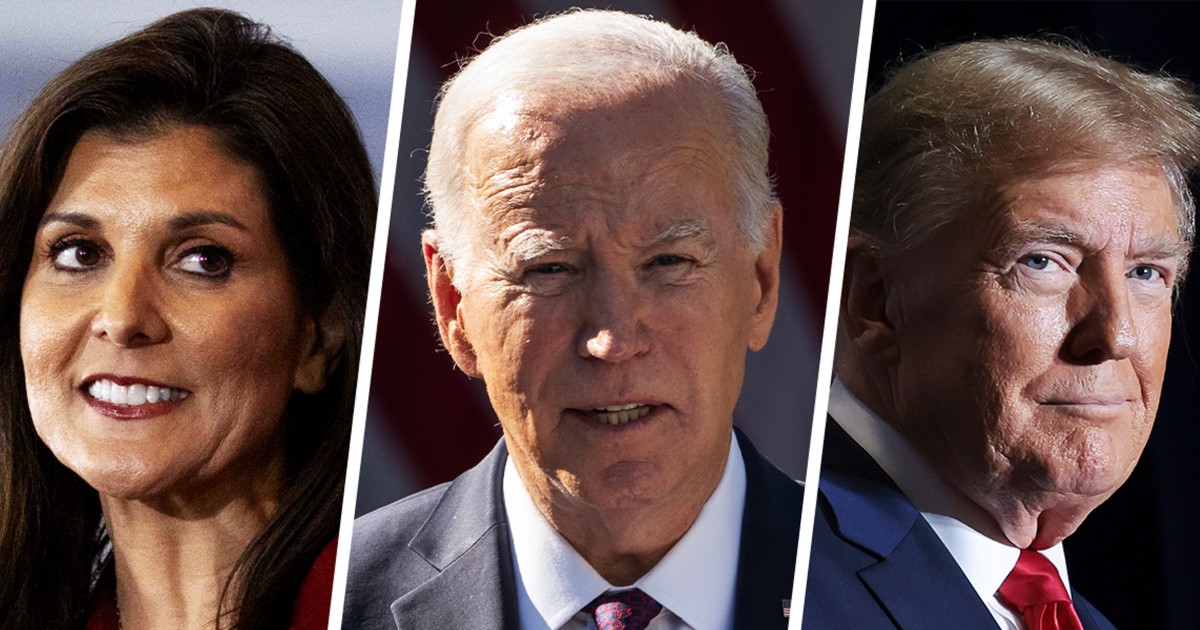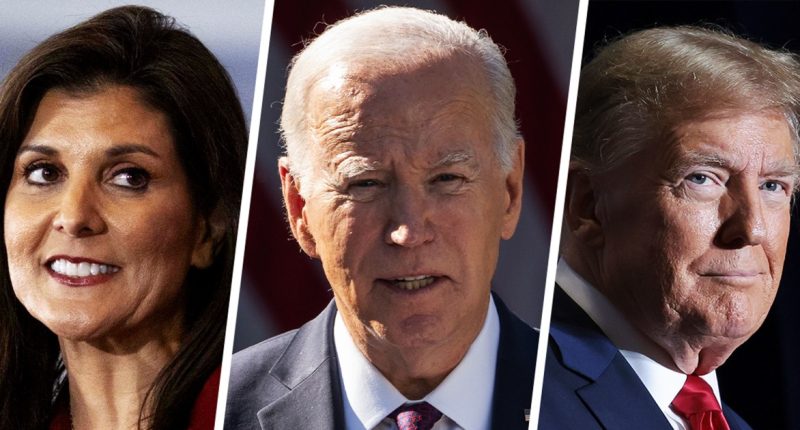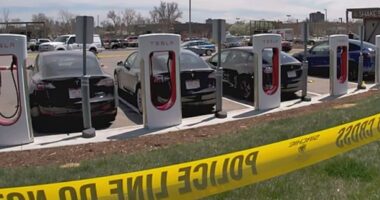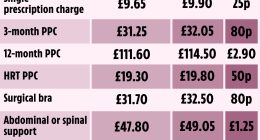
Donald Trump is winning his primaries handily and has a virtual lock on the Republican presidential nomination — but a common interpretation of the results says that he is also exhibiting profound weaknesses among independents that portend dire general election consequences.
But there’s a hitch. A look at general election polling reveals a completely different story among independent voters — and a dive into all the other data we have on the 2024 presidential race shows why Trump’s poor independent numbers in the primary and better performance in general election polls are completely consistent with each other. The short answer: These are two very different groups of voters.
First, the evidence for Trump’s weakness among independents voting in this year’s GOP primaries is straightforward. Despite the widely acknowledged — even by his critics — inevitability of his nomination, Trump is still losing around 40% of the vote in Republican contests. And he’s getting crushed among independents, a group that looms large in November. From exit polling data, here’s how bad Trump’s numbers have been with them so far (note that exit polls weren’t conducted in Michigan):
But the recent NBC News poll paints a very different picture among independent general election voters:
For context, Trump lost the independent vote to President Joe Biden in 2020 by a 9-point margin, 52%-43%, per the NBC News national exit poll. So the current general election polling actually indicates slight improvement for Trump (and a decline for Biden) among independents, albeit with a significant number indicating they don’t want either candidate.
For that matter, even as Trump is losing 40% of the overall vote in Republican primaries, general election polling shows no slack in his support among Republican voters. He took 92% support from Republicans in our last poll.
How could this be? Look at the primary results and you see a front-runner who is hemorrhaging independents at an alarming level and a Republican electorate that contains wide resistance to him. And yet, look at general election polling, and you see … almost none of this.
It’s possible, though, that there’s really no inconsistency here at all.
Start with the simple stuff. A chunk of former U.N. Ambassador Nikki Haley’s primary voters (23% of them in South Carolina, per the exit poll) say they will nonetheless be satisfied with Trump as the GOP nominee. So at least some of the Trump current opposition stands ready to rally around him in the general election, which helps explain why general election polls show almost unanimous Republican support for Trump.
And given Biden’s own dreadful poll numbers with independents (a 27% approval rating with them in NBC News’ latest poll), there are surely some of them who will be motivated to vote against Biden in November and thus cast ballots for Trump, even if they’ll never pronounce themselves satisfied with Trump.
But all of this only goes so far. It still leaves the bulk of Haley’s primary voters appearing to be dug in for good against Trump.
The answer that reconciles those figures, or at least a big part of them, with the general election polling is that many of these Haley votes are likely coming from people who already cast ballots against Trump in 2016 and 2020 — and who are committed to doing so again in 2024.
To them, these primaries amount to a bonus opportunity to cast yet another vote against Trump.
The pool of independents who voted in the New Hampshire and South Carolina primaries will be far different from the much, much larger pool of independents who will vote this fall. After all, primaries attract far lower turnout than general elections, so those who are most motivated to participate can skew the independent pool in various directions. The question becomes whether there’s a particular type of independent who feels drawn disproportionately to participate in these GOP primaries.
And here there’s an obvious answer: the “Trump resistance.” Opposition to Trump extends across many demographic groups, but the most dramatic activation against him has come from white, college-educated voters in suburban areas. Many of them routinely voted for Republicans until Trump came along. In 2012, white college graduates sided with Mitt Romney over Barack Obama by 14 points, per the national exit poll. But by 2020, they were going with Biden over Trump by 15.
That swing is only part of the story. What matters for our purposes is that the anti-Trump segment of white, college-educated voters is also proving exceptionally motivated to get to the polls and vote against Trump and his party in any and every election they possibly can.
We saw this just weeks ago in the special election in New York’s 3rd Congressional District, anchored in suburban Long Island. Like primaries, special elections are low-participation affairs, where turnout disparities can make all the difference. Sure enough, per data compiled by Newsday, in the five locales with the highest concentrations of white, college-educated voters in the Long Island portion of the district, turnout ran from from 69 to 76 percent of the level seen in the 2022 midterm elections. In these places, the Democratic candidate, Tom Suozzi, romped.
By comparison, in the five locales with the lowest share of white college-educated voters, turnout was only 54 to 61 percent of the 2022 level. That disparity goes a long way toward explaining how Suozzi won the race by 8 points.
And it’s not just Long Island. Democrats have been achieving success, often by unexpectedly high margins, in one special election after another, thanks in no small part to this enthusiasm.
There’s every reason to suspect this same energy is at work in the GOP presidential primaries. The rules in New Hampshire, South Carolina and Michigan all allow for mass participation by non-Republicans, meaning there has been little barrier for “resistance”-types to take part. They may not consider themselves Republicans, but they are supremely eager to vote, so why wouldn’t they join in en masse, especially with no meaningful contest on the Democratic side?
This is consistent with the results we’ve seen so far, with Haley’s support rising and falling depending on the concentration of whites who have college degrees in any given area. For instance, on Saturday in South Carolina, she actually won the state’s 1st Congressional District by 6 points. Not coincidentally, the 1st District contains the highest share of white college-educated voters in the state, with its anchor, Charleston County, clocking in at No. 1 among counties.
And we know that many of these college-educated whites voted for Joe Biden in 2020, since he won Charleston County by 11 points. For Haley, this made Charleston the single biggest potential source of crossover votes from anti-Trump non-Republicans. It seems she took full advantage, routing Trump in the county by 24 points — her best showing anywhere.
The intense political engagement of anti-Trump, college-educated whites has been evident for some time. It could be crucial in November, ensuring Democrats that a big chunk of their base won’t need any prodding to vote. And especially if overall turnout dips significantly from the record-high levels of 2020, it could also translate into a decisive edge for Democrats in close battleground states.
But when it comes to the GOP primaries now unfolding, what looks at first glance like a new and alarming weakness for Trump may very well be just the latest manifestation of a now-familiar phenomenon.
Source: | This article originally belongs to Nbcnews.com










